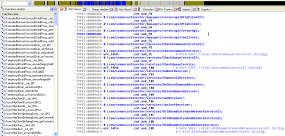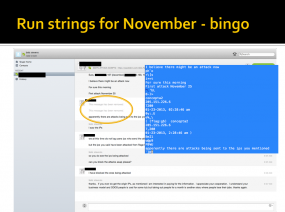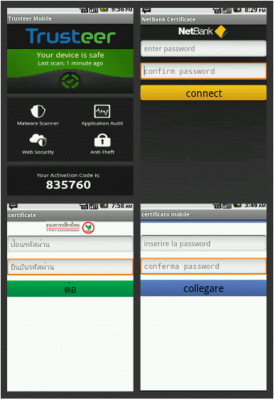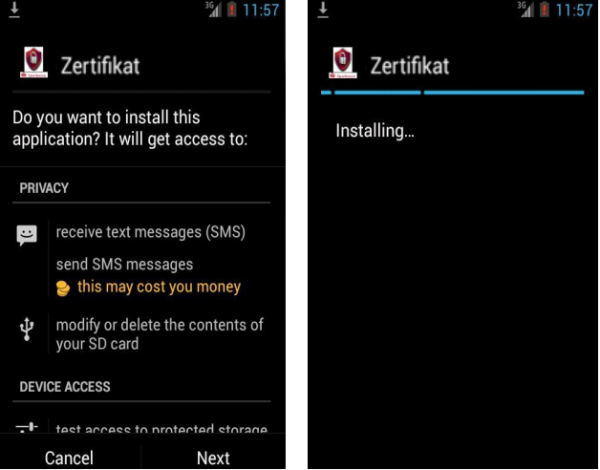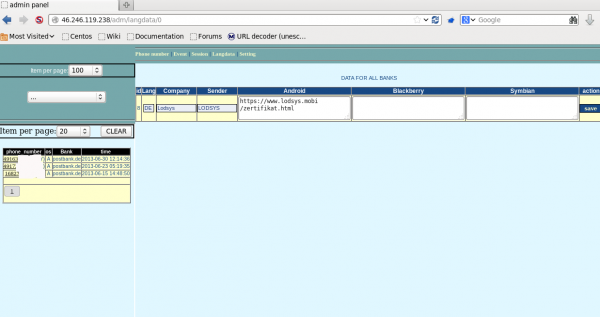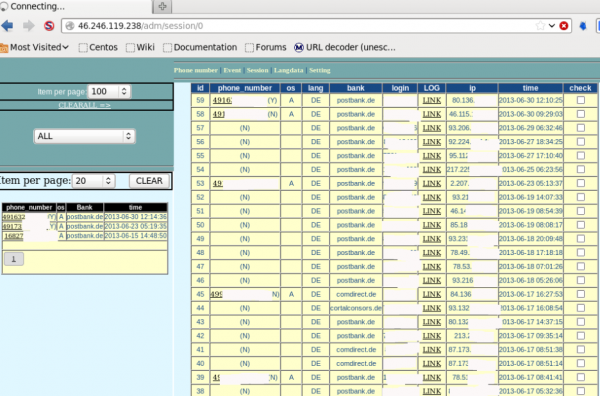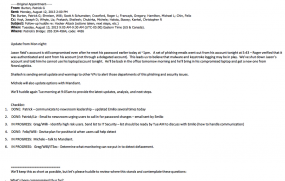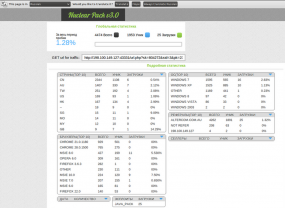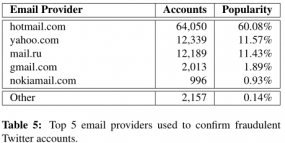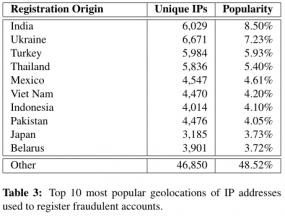A hacking group calling itself the Syrian Electronic Army (SEA) has been getting an unusual amount of press lately, most recently after hijacking the Web sites of The New York Times and The Washington Post, among others. But surprisingly little light has been shed on the individuals behind these headline-grabbing attacks. Beginning today, I’ll be taking a closer look at this organization, starting with one of the group’s core architects.
Earlier this year I reported that — in apparent observation of international trade sanctions against Syria — Network Solutions LLC. and its parent firm Web.com had seized hundreds of domains belonging to various Syrian entities. Among the domains caught in that action were several sites belonging to the SEA.
At the time, the SEA had a majority of its sites hosted at Internet addresses belonging to the Syrian Computer Society, an organization considered to have been a precursor to the SEA and one that was previously headed by Syrian President Bashar al-Assad. Following the Web.com domain seizures, the SEA was forced to find new homes for their domains. Soon enough, the group moved its domains syrianelectronicarmy.com and sea.sy to a host in Russia (no doubt adding further chill to already frigid US-Russia relations vis-a-vis Syria).
Sometime during that transition period, the SEA’s main Web site got hacked. As in…completely owned. According to one confidential source, the attacker(s) gained access to the virtual servers that hosted the SEA’s site and downloaded the entire user database for sea.sy and syrianelectronicarmy.com. Shockingly (or perhaps less so for many security researchers who’ve dismissed the SEA as mostly a group of tenacious but relatively unskilled hackers), many of the top members re-used the passwords they picked for their sea.sy accounts at their Hotmail, MSN and Outlook email accounts.

A snippet from the hacked database from syrianelectronicarmy.com. In the third column are plain-text passwords.
In nearly any dump of a Web site user database, it’s generally safe to assume that the first few users listed are founders and administrators of the site. In the hacked sea.sy database, for example, we can see that the first two usernames in the table are “admin” and “admin2.” Admin2’s email address is listed as sy34@msn.com. The last entry in the database is April 19, 2013, just a few days after Web.com began seizing domain names in its stable with the “.sy” designation.
A Google search on that email address reveals its ties to the SEA, and shows that the account was in 2010 tied to a now-abandoned hackforums.net user named “SyRiAn_34G13” (leet-speak for “Syrian Eagle”). A reverse WHOIS search at domaintools.com on the sy34@msn.com address shows that it was used in Feb. 2011 to register a site called codepassion.net.
Codepassion.net is no longer active (perhaps because it was hacked and defaced in May 2012 by other script kiddies), but thanks to the Wayback Machine at the indispensable Internet Archive, we can see the site lists as its creator a 23-year-old “virtuoso web designer” named Mohammed from Damascus, Syria. Mohammed says he is a senior front end developer at a firm in Damascus called Flex Solutions. Mohammed reveals that his last name is “Osman” when he links to his Facebook and DeviantART accounts, as well as his Gmail address (osmancode@gmail.com). That same Gmail account is also used for another account in the sea.sy database: يوزر – which Google translates to “Yoezer” “User” and used the password “963100”.





